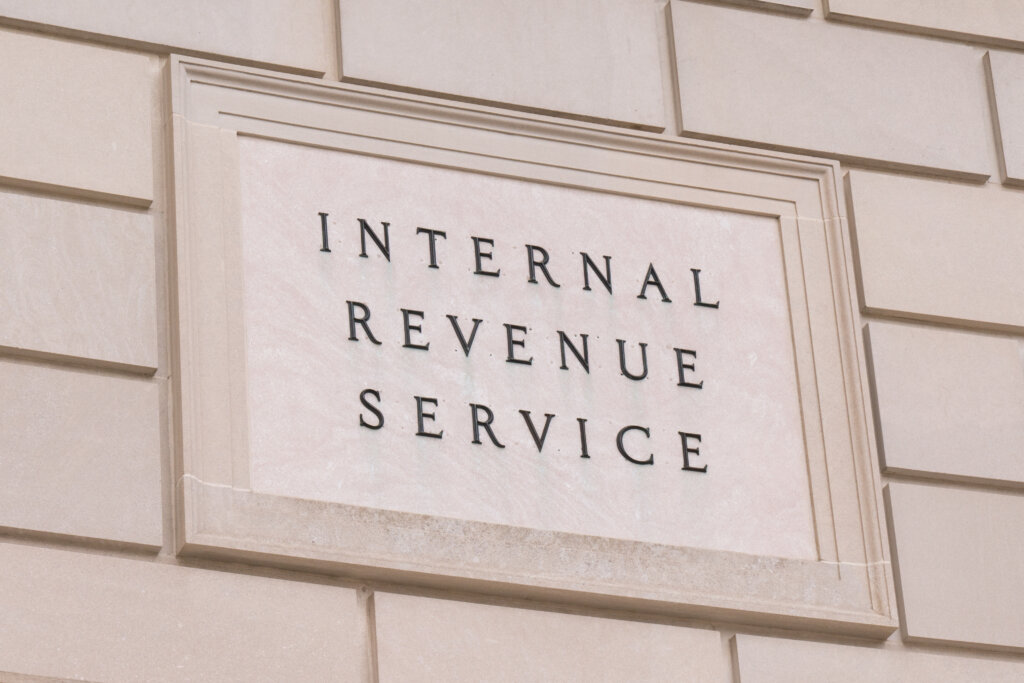Inflation will drive up more than 60 tax provisions for 2023, including the tax rates, according to the Internal Revenue Service.
Revenue Procedure 2022-38 details the annual adjustments for tax year 2023, with filing in 2024, including:
• Standard deduction. For married couples filing jointly — $27,700, up $1,800 from the prior year; for single and married filing single — $13,850, up $900; for head of household — $20,800, up $1,400.
• Marginal rates. The top tax rate remains 37% for individual single taxpayers with incomes greater than $578,125 ($693,750 for MFJ).
The other rates are:
• 35% for incomes exceeding $231,250 ($462,500 for MFJ); 32% for incomes exceeding $182,100 ($364,200 for MFJ); 24% for incomes exceeding $95,375 ($190,750 for MFJ); 22% for incomes exceeding $44,725 ($89,450 for MFJ); and 12% for incomes exceeding $11,000 ($22,000 for MFJ). The lowest rate is 10% for incomes of single individuals with incomes of $11,000 or less ($22,000 for MFJ).
• AMT. The Alternative Minimum Tax exemption amount rises to $81,300 and begins to phase out at $578,150 ($126,500 for MFJ, with phaseout beginning at $1,156,300).
• The Earned Income Tax Credit. The tax year 2023 maximum amount is $7,430 for qualifying taxpayers who have three or more qualifying children, up from $6,935 for TY22. The revenue procedure contains a table providing maximum EITC amount for other categories, income thresholds and phaseouts.
Among other changes for TY23, the monthly limitation for the qualified transportation fringe benefit and the monthly limitation for qualified parking increases to $300, up $20.
For the taxable years beginning in 2023, the dollar limitation for employee salary reductions for contributions to health flexible spending arrangements increases to $3,050. For cafeteria plans that permit the carryover of unused amounts, the maximum carryover amount is $610, an increase of $40 from taxable years beginning in 2022.
For participants who have self-only coverage in a medical savings account, the plan must have an annual deductible not less than $2,650, up $200, but not more than $3,950, an increase of $250 from TY22. For self-only coverage, the maximum out-of-pocket expense amount is $5,300, up $350.
For family coverage, the new annual deductible is not less than $5,300, up from $4,950 for TY22. The deductible cannot be more than $7,900, up $500. For family coverage, the out-of-pocket expense limit is $9,650, an increase of $600.
For tax year 2023, the foreign earned income exclusion is $120,000, up from $112,000 for tax year 2022.
Estates of decedents who die during 2023 have a basic exclusion of $12.92 million, up from a total of $12.06 million for estates of decedents who died in 2022. The annual exclusion for gifts increases to $17,000 for calendar 2023, up from $16,000 for calendar year 2021.
The maximum credit allowed for adoptions for tax year 2023 is the amount of qualified adoption expenses up to $15,950, an increase from the maximum $14,890 for 2022.
By statute, certain items that were indexed for inflation in the past are currently not adjusted. The personal exemption for tax year 2023 remains at 0, as it was for 2022. For 2023, as in tax years going back to 2018, there is no limitation on itemized deductions.
The MAGI amount used by joint filers to determine the reduction in the Lifetime Learning Credit is not adjusted for inflation for taxable years beginning after 2020. The Lifetime Learning Credit is phased out for taxpayers with MAGI exceeding $80,000 ($160,000 for joint returns).
The Inflation Reduction Act extended certain energy-related tax breaks and indexed for inflation the energy-efficient commercial buildings deduction beginning with tax year 2023. The applicable dollar value used to determine the maximum allowance of the deduction is $0.54 increased (but not above $1.07) two cents for each percentage point by which the total annual energy and power costs for the building are certified to be reduced by a percentage greater than 25%.
The applicable dollar value used to determine the increased deduction amount for certain property is $2.68 increased (but not above $5.36) 11 cents for each percentage point by which the total annual energy and power costs for the building are certified to be reduced by a percentage greater than 25%.
(Information provided by Accounting Today)



